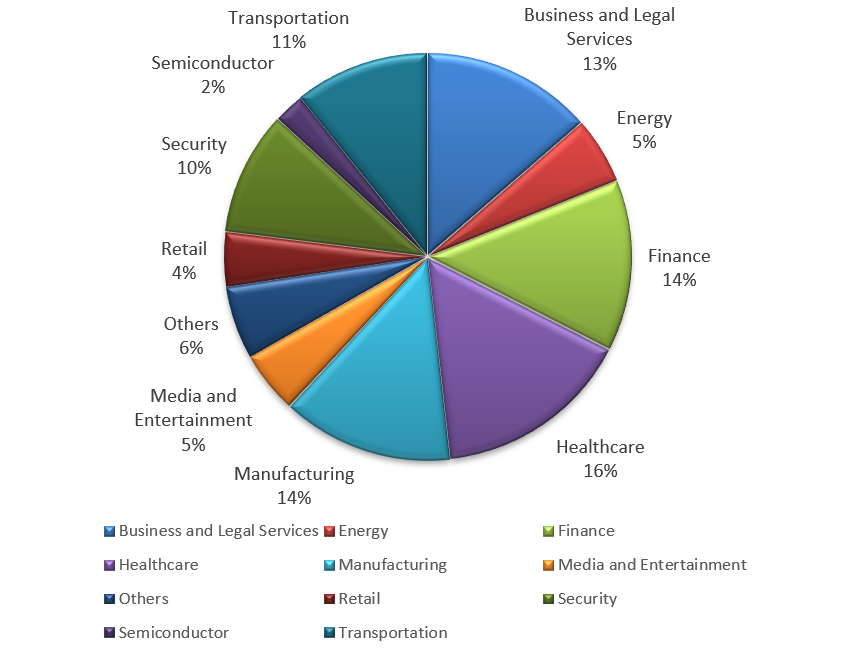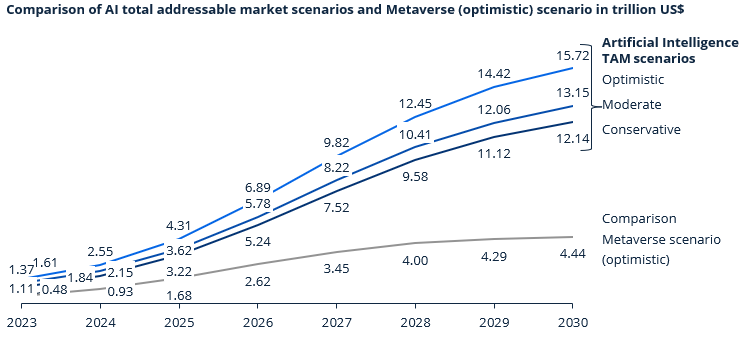LLMs are cutting-edge AI programs that have been trained on massive amounts of text data. This training allows one to grasp the complexities of human language and perform a variety of impressive feats.
Large language models can understand and generate different codes (computer languages), protein structures (biology language), and more. This allows them to be used in various fields for tasks like drug discovery, code generation, and creative writing.
Large language models (LLMs) themselves aren't a category of things, but rather a type of AI program. However, several key components come together to make an LLM function:
Embeddings: Words are just symbols to computers, so LLMs use a technique called embedding to convert words into numerical representations. These embeddings capture the relationships between words, allowing the LLM to understand the context and meaning of a sentence.
These components work together in a complex, allowing LLMs to process information, generate different creative text formats, and answer any question in an informative way.

The bar graph shows the size of the artificial intelligence market in India in 2023, broken down by sector. The largest sector is Machine Learning, at 2,730 million U.S. dollars. This is followed by Natural Language Processing, Autonomous & Sensor Technology, and Computer Vision, all at around 360 million U.S. dollars each.

The technique of calculating a portfolio's projected value after a specified length of time assuming certain changes in the asset's prices or other events, like an interest rate change is known as scenario analysis.
1. Conservative Scenario
This entails generating multiple scenarios with disparate assumptions to evaluate the possible results. One may, for instance, create two scenarios: an optimistic one with fast growth and cost-cutting, and a conservative one with slower revenue growth and higher expenses.
2. Moderate Scenario
A moderate scenario is a scenario that is kept within reasonable or proper limits and is not extreme, excessive, or intense.
3. Optimistic Scenario
An optimistic scenario is a scenario where losses are gradually recovered over time. In contrast, a pessimistic scenario is one where losses are permanent

Large language models are unlocking new possibilities in areas such as search engines, natural language processing, healthcare, robotics, and code generation. The popular ChatGPT AI chatbot is one application of a large language model. It can be used for a myriad of natural language processing tasks.
The nearly infinite applications for LLMs also include:
Running these massive models in production efficiently is resource-intensive and requires expertise, among other challenges, so enterprises turn to, software that helps standardize model deployment and deliver fast and scalable AI in production.
Despite its promise, the LLM market faces challenges:
· Bias and Fairness: LLMs trained on biased data can perpetuate those biases in their outputs. Ensuring fairness and ethical considerations is crucial.
·Explain ability and Transparency: Understanding how LLMs arrive at their outputs can be difficult. Explainable AI techniques are needed to build trust and address potential misuse.
·Job Displacement: As automation advances, certain jobs might be replaced by LLMs. Reskilling and upskilling the workforce will be essential.
The LLM market holds immense potential to revolutionize various industries. By addressing the challenges and ensuring responsible development, LLMs can become powerful tools for progress and innovation.
AI systems with extraordinary capacity, are able to comprehend and produce human language surprisingly well. The future of the AI market is not predetermined. The scenarios we explored highlight the potential benefits and pitfalls of AI development. The choices we make today in terms of regulation, investment, and research focus will determine which scenario unfolds. Large language models are revolutionizing how we interact with information and tackle complex problems. Their versatility offers a glimpse into a future filled with innovation, from scientific discovery to creative expression. However, challenges like bias and ethical considerations need to be addressed to ensure responsible development and maximize the positive impact of this powerful technology.
- Sushma Biradar (Crispidea Analyst)
For more on Large Language Model (LLM) CLICK HERE
SUBSCRIBE NOWfor the latest equity and sector reports




